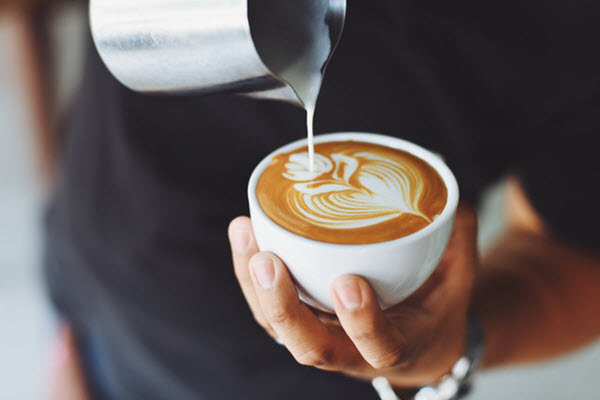In 1699, the East India Trading Company set up the first commercial exports of coffee from Java, Indonesia. As Europeans became fascinated with the strong beverage, its demand only grew stronger. It pushed global trade at the time to its limits — but this was far from the beginning of coffee culture.
Recalled in artwork done by Dutch painter Adriaen Van Ostade, the first European coffee shops and the start of European coffee culture began in the Netherlands. Brought on by the boom of global trade, Venetians, Parisians, and the Dutch embraced coffee. Since then, they considered it embedded in their very own culture as well.
Many countries lay claim to being the first ever coffee drinkers. While we may never know who really started it, the earliest known records of coffee drinking come from 15th century Yemen. The word coffee, derived from an Arabic word used to describe a very strong wine, already has ancient origins itself. It has changed little through the centuries we’ve been enjoying the brew.
But as any coffee lover will tell you, and perhaps the nearly 70% of Americans who drink at least two cups of coffee a day, there is more to coffee than just being a hot morning beverage. Coffee has a culture all its own and the evolution of coffee is an interesting story.
See Also: The Pros and Cons of Coffee Drinking
The Advent of The Coffee House And The Morning Cup of Joe

The way we enjoy coffee is evident in not just the way we drink it, but the places in which we drink it. Coffee houses have long been a hot spot for community gathering, innovation, and even political plotting.
Sociologist Ray Oldenburg calls coffee houses a “third place”. He categorized them as a setting that’s not quite home and not quite the workplace. The “third place” includes other establishments likes bars and public parks, serving a truly neutral meeting ground for all community members, regardless of wealth or status.
The Tontine Coffee House in New York City, for example, became the initial founding place of the New York stock exchange in 1792. In 1850, the Sazerac Coffee House in New Orleans lovingly had the distinctly American cocktail, the Sazerac, named after its coffeeshop birthplace.
Earlier still, in response to the earth shaking and politically powerful statements of the Boston Tea Party, many early Americans and revolutionary leaders began drinking coffee instead of tea in direct opposition to the English crown.
- Second president John Adams took up coffee as his beverage of choice. He chose it alongside other Americans rebelling against English rule and taxation
- Pioneer James Folger sold coffee to miners during the California gold rush, paving the way for future commercial coffee retailers
The Evolution of Coffee Shops
Times have changed but our obsession with coffee certainly hasn’t.
In 1971, Howard Schultz opened the first ever Starbucks in Seattle, Washington. It reinvigorated our love for all things coffee. Introducing Italian café culture and European style brews to the west coast, Starbucks now operates almost 30,000 stores worldwide. Most of these houses are concentrated in the U.S.
Though this massive coffee chain remains as popular as ever, the most recent take on coffee culture has a local twist. A far cry from the global trade boom of yesteryear, coffee drinkers are looking for a community feel when it comes to their brew.
In 2017, independent cafés made more than $12 billion in revenue as coffee lovers flocked to their local shops. Millennials and Gen Zers, in particular, are willing to pay more for the unique coffee experience of shops. In 2016 alone, more than six million mobile orders were placed on the Starbucks app every single month. While we may like to sit and enjoy a leisurely cup of coffee once in a while, we expect our brew to be fast, fresh, and piping hot.
- The number of specialty coffee houses increased 19 times in the years between 2001 and 2015
- 40% of millennials are spending more on coffee than they are putting in retirement savings
- Adjusted for inflation, the median cup of coffee risen from $1.95 in 1920 to $3.17 in 2018
How do you take your coffee?
As coffee culture evolves around us, the simple yet at times enigmatic cup of coffee remains. This infographic details the ebb and flow of coffee culture through the centuries, how it reflects the current times, influences change and takes on symbolic roles wherever it goes.
Source: RaveReviews.org